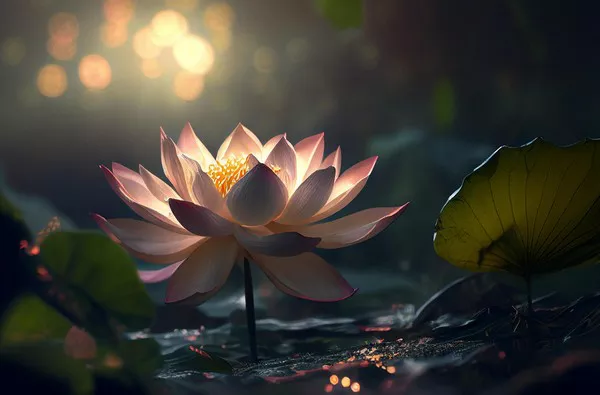The Government Botanical Garden in Ooty, a 156-year-old landmark celebrated for its botanical diversity and meticulous design, is at the center of a contentious debate. Once renowned as a premier hub for horticultural research and admired as one of Asia’s largest botanical gardens, it now appears to be transitioning into little more than a venue for a lavish cut-flower exhibition.
Over recent years, the horticulture department and district administration have faced criticism for prioritizing quantity over quality, as they transform this internationally esteemed garden into a site for extravagant floral displays, predominantly featuring imported cut flowers.
Despite the conclusion of the valedictory function on May 20, the administration has announced a six-day extension to the annual flower show, prolonging the event until May 26. This move has drawn scrutiny from local residents and botanical enthusiasts alike.
D. Radhakrishnan, a resident of the Nilgiris, reminisces about the garden’s earlier glory, lamenting the shift from a showcase of indigenous flora to a spectacle dominated by imported blooms. He emphasizes the garden’s academic significance, highlighting its role in botanical education and research.
Franklin C Jose, the head of the Botany department at Ooty Govt Arts College, underscores the educational value of the garden, particularly for botany students who visit annually to study its diverse plant species. However, concerns arise over the adverse impact of the burgeoning flower show on the garden’s ecological integrity.
A notable feature of the 55-acre garden is its grand entrance, flanked by a lush green lawn adorned with various botanical specimens. Yet, this scenic vista has been marred by the encroachment of elaborate floral structures and stalls, leading to damage to the expansive lawn.
This year’s event has seen the importation of a substantial quantity of coronation flowers from Himachal Pradesh, with additional flowers procured to replace those damaged by recent rains. Despite objections from some residents, the influx of floral displays continues, exacerbating tensions within the community.
Critics argue that the proliferation of floral structures detracts from the garden’s intrinsic beauty and heritage, diminishing its identity as a botanical sanctuary. Furthermore, concerns are raised regarding the economic impact of the flower show, with local artisans sidelined in favor of external contractors.
The decision to extend the duration of the flower show and increase the entry fee, reportedly made by government authorities, further fuels discontent among residents and stakeholders.
In essence, the ongoing transformation of the Government Botanical Garden in Ooty reflects a delicate balancing act between preserving its botanical legacy and succumbing to commercial pressures. As stakeholders voice their concerns, the future trajectory of this iconic institution hangs in the balance, symbolizing broader debates surrounding conservation and cultural heritage preservation.


